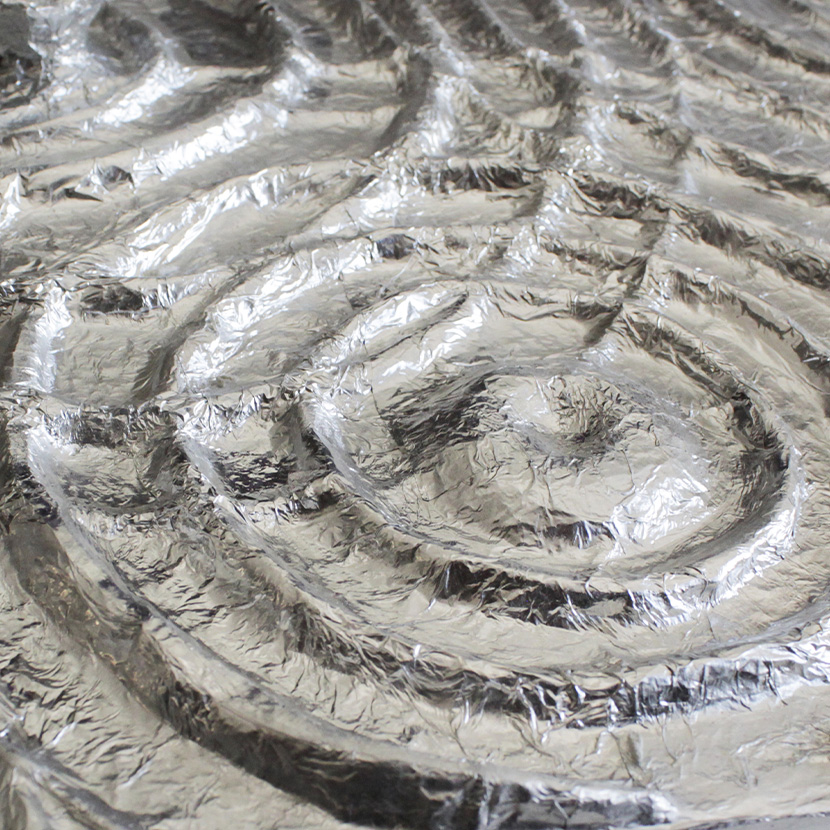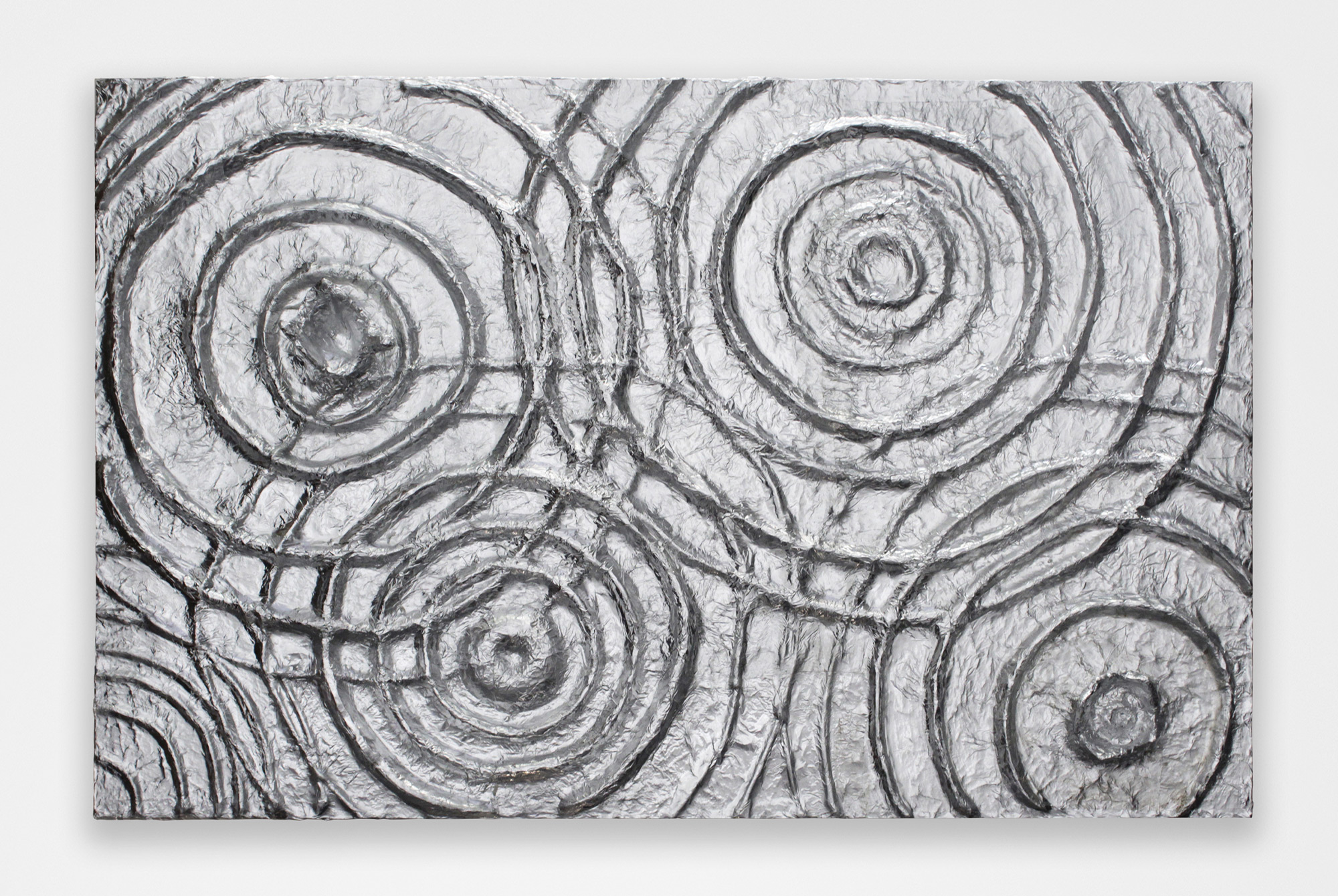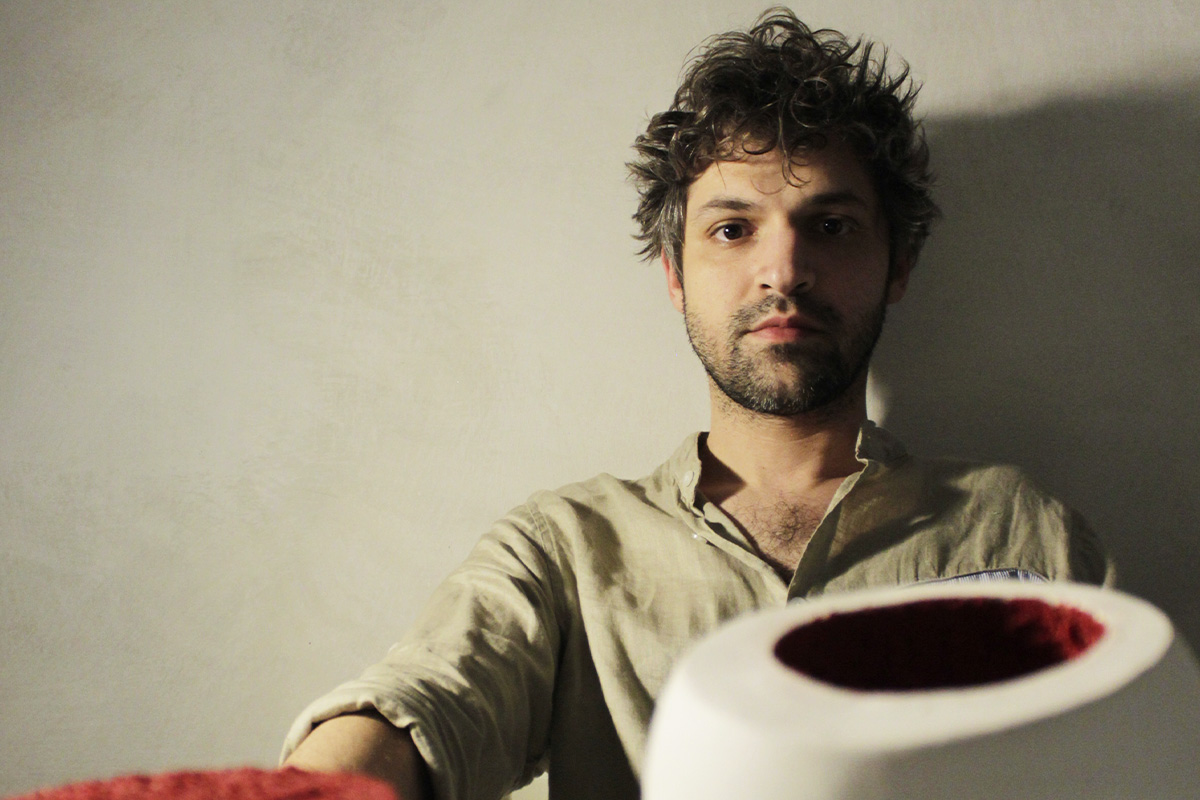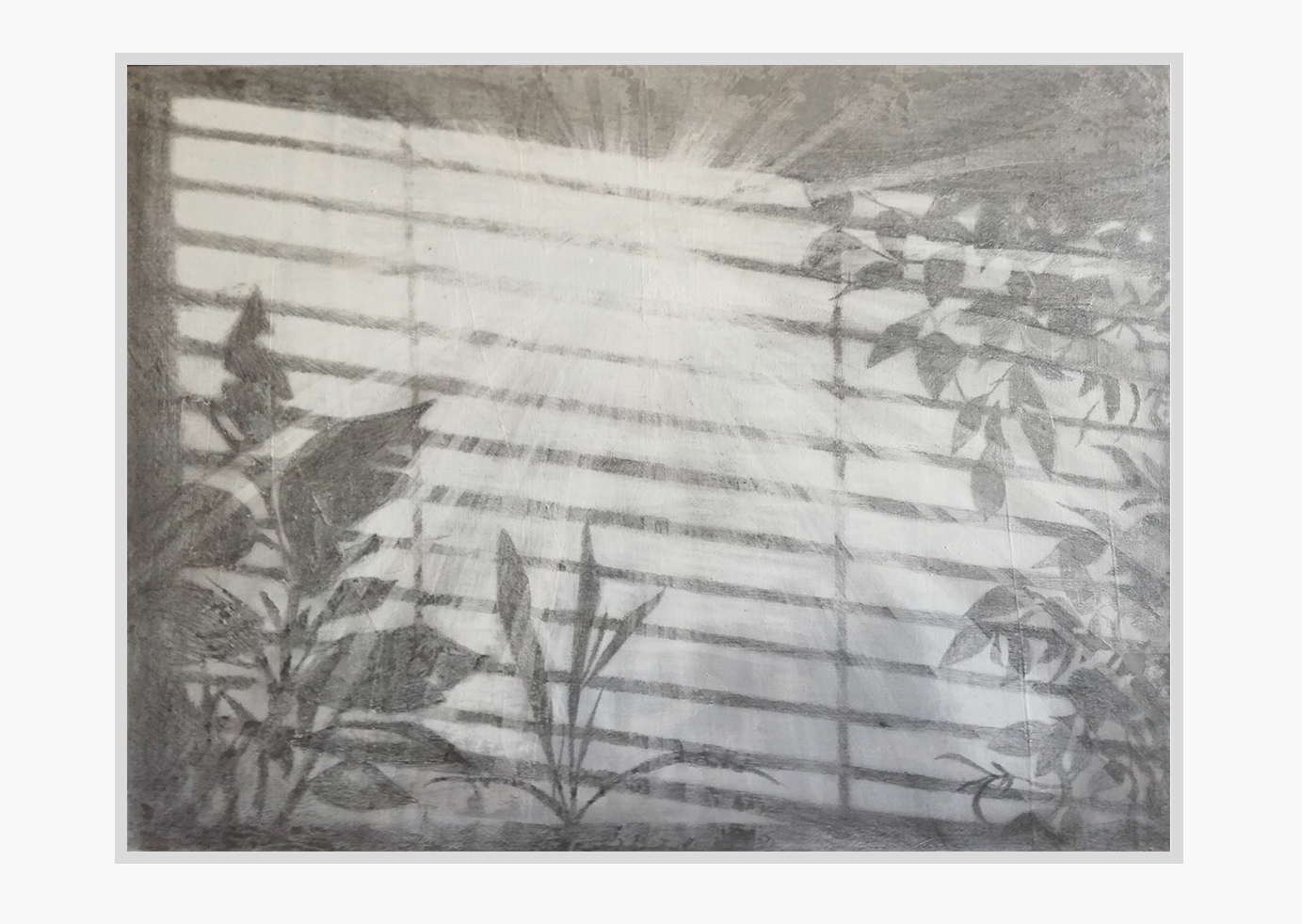THE 2023 COMEL AWARD FINALISTS
Stefano Baldinelli
Perugia, ITALY
www.instagram.com/stefano_baldinelli
www.instagram.com/stefano_baldinelli


THE 2023 COMEL AWARD FINALISTS
Stefano Baldinelli
Perugia, ITALY
www.instagram.com/stefano_baldinelli
www.instagram.com/stefano_baldinelli
BIOGRAPHICAL NOTES
Born in Perugia, he graduated in Visual Arts from the ABA in Urbino. He currently teaches Graphic and Painting Disciplines at the Artistic High School in Perugia. His works immerse the observer in an experiential “environment” connected to the surrounding places. The elements from which he draws inspiration include rays of sunlight, the gentle breeze, tree branches, and reflections on water. His works engage the observer in one of the numerous experiences that are sometimes lived without notice, moments that are “captured” and private, allowing one to enter a state of stillness where thoughts begin to wander, and everything momentarily comes to a halt.
ARTWORK IN CONTEST
PETRICORE, LA PIOGGIA DI UN TEMPO
SCULPTURE - Aluminium foil on a wooden frame and clay scented with essential oils
cm 61 x 40 x 5
A synaesthetic perspective seems to animate the project of Stefano Baldinelli, who alludes in his work to the concentric circles of raindrops falling on the surface of an imaginary and ideal pond. The aluminium transfers the outline of the circles to a plane of almost abstract and, at the same time, finely evocative preciousness. The fragrant essences intruding on the wooden support opens up multiple sensory suggestions.
Interview by Ilaria Ferri
I would define my works as a sequence; perhaps it would almost be better to describe it as a single work that, over time, changes and is shaped on different materials.
You were among the 13 finalists of the 10th COMEL Award with your work "Petricore, la pioggia di un tempo". It is a work that you define as multi-sensorial, because, in addition to classic observation, you can touch and smell it thanks to the essential oils with which you have spread the wooden base of your work. What does it mean for you to engage the audience in a multi-sensory experience?
All my work, whether pictorial, sculptural, or installation, aims to include and involve the viewer, who should never be a mere observer but rather an integral part of the work itself. In the artwork Petricore for example, it is not only the viewer who enjoys the work through the senses with which they experience it, but it is also the work that enjoys the presence of the visitors, the reflective qualities of aluminium, cause the work to change about the movement and colours that surround it. Imagine a person in a red jacket approaching and then one in a blue dress; it goes without saying that the work will look very different in a short time while remaining materially the same. I firmly believe that the work of Art generally exists and functions only by activating the viewers, who themselves become part of the work.
Composizione al sole
In making this work, aluminium was a material with which you could best reproduce some of the characteristics of water. What was it like working with this material? Is it a material you usually use, or was it a discovery?
Aluminium is a material I used several years ago for a sculptural artwork; I think it has a very high artistic potential. These were human silhouettes carved in aluminium; the reflective and pliable characteristics of the material allowed for an interplay of solids, voids, and reflections. The boundaries of the silhouettes lost their rigidity, and the viewer tended to lose valuable references for identifying profiles and shapes. I think it can be strongly expressive.
"Petricore, la pioggia di un tempo" (Petricore, the rain of the past). Yes, of the past, because today doesn't exist anymore, today is fear and destruction, today is flood and drought, today is the fear of what will be." The title of her work is a clear reference to both a past that cannot return and a warning about climate change and its tragic consequences. How important do you think it is to link Art to current events and the problems of modern society?
I think the work of Art can be such only when it manages to contextually merge two opposite functions, namely that of being absolute and eternal and simultaneously telling of the contemporary.
I see the essence of the work of Art only in this oxymoron, capable of untying itself from rhetorical legacies and posing itself as an eternal place while involving that which is contemporary to it.
Porzione di Mare
You said: "The work poses itself as a suspension of an instant; time loses its natural horizontality and leaves space to an eternal verticality between one drop of rain that has fallen and the next that is about to come." In your opinion, can the function of Art also be to immortalize emotions, moments, and situations?
Absolutely! That is where the core of my work lies. A scent, a sound, a vision, a contact is what remains most imprinted in our minds; it is what reminds us of past moments. They are sensations capable of reconnecting us, if only for an instant, with our lived experience by consigning it to eternity.
Among your work, we can find particular installations that play with various materials, concrete, wood, aluminium, painting, and other more intangible ones that refer to video and photography. Your path, therefore, has a double aspect: one that is more material and another that is more ethereal. How do you find yourself working in various fields and touching on languages that are also very different from each other? Do your works arise from an initial idea and head towards the language best suited to express it, or do you create the work based on the technique you want to investigate?
I would define my works as a sequence; perhaps it would almost be better to describe it as a single work that, over time, changes and is shaped on different materials. I could see it as a long journey in which one encounters numerous places, sometimes very different from each other. In this imaginative journey, each new place is a discovery in this creative journey, but it does not forget all those visited before. I do not see my work made up of many works. Rather, I see a work that grows, shapes, and changes. Sometimes it gets better and sometimes worse, but it is an enrichment each time.
Cilindri cromatici II
In your painting production and projections, you investigate the shadows area. What attracts you to this theme? What does it mean to you to observe and reproduce light's effect on objects and everyday life?
My research path analyses the infinite solutions that light generates by resting on a plane, filtering through a window, and crossing the foliage of trees. This intangible element can always give a new image to the space that welcomes it. Each different light juncture completely changes the lines and forms of the places, constantly redefining new formal solutions. Such works intend to generate a place where the user who "inhabits" them can immerse himself, find breath and recollection, and free his thoughts to personal reflections, memories, and fantasies. A place of the heart and the spirit, a mental place where one can give in to enchantment, "to astonishment ", and reconnect, if only for a few moments, with pure reflection.






